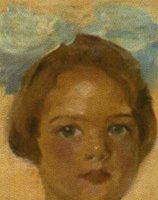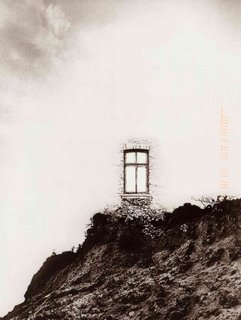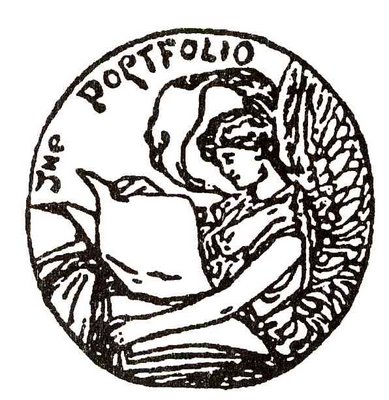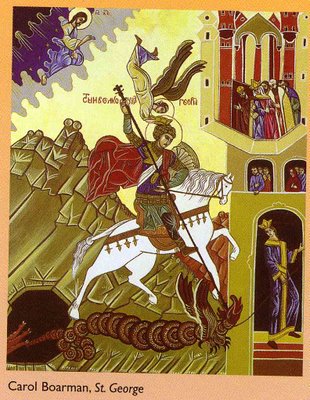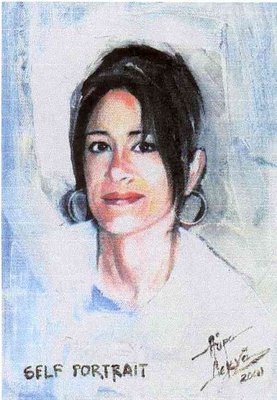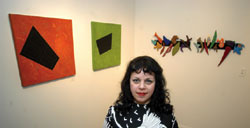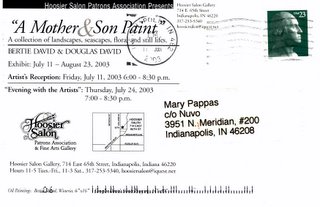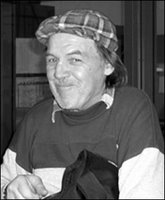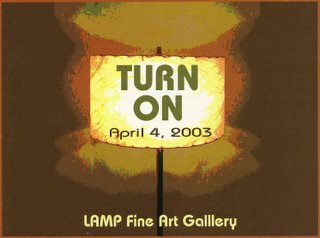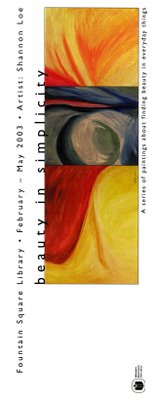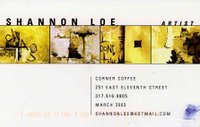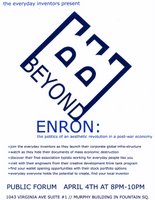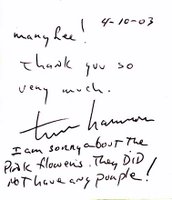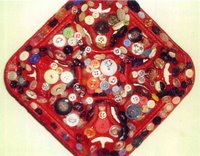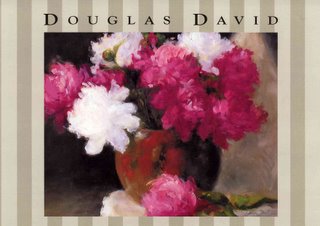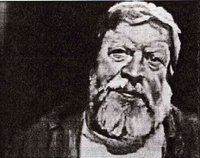The designer just disappears! I’m sure I got credit somewhere in here,” Jim Anders Sholly says as he flips through Crossroads of American Sculpture, a book he designed for the Indianapolis Museum of Art’s retrospective exhibition of the same name in 2000. “It’s in four-point type,” he says, studying the forward pages and talking about how happy he was to be included in the project.
Principal designer and co-founder of the graphic design company Antenna, Sholly recently completed another book design project, The Herron Chronicle, The First One-Hundred Years, for the Herron School of Art’s centennial. It’s been a fitting project as Sholly earned his BFA in design from Herron in 1987 and has been an adjunct visual communications faculty member there.
“I became involved in the book project through Marty Krause,” Sholly explains. Krause, an editor and one of three authors for the Herron book, has been the curator of prints, drawings and photographs at the IMA since 1979.
Garo Andresian: Written in Stone, a catalogue of prints by Andresian, published by the IMA in 1995, “Was my first book with the IMA. Laura and I did it. It was so nice of them to take a chance on us because we had no real book experience. It was exciting ... a learning process.”
Laura Lacy-Sholly, Sholly’s late wife, was also his Antenna design partner. “We were this happy unit, functioning perfectly and then suddenly everything was different,” Sholly says. “It’s sort of hard to explain how that really was. Time is very strange. Sometimes it seems just moments ago and other times it feels a lot longer than that.”
Having met while attending Herron, the Shollys married in 1991. Laura passed away in June of 1999. A scholarship in her name was created at Herron.
Learning to work alone was very difficult. “Totally. Absolutely. Over the years we had worked out our routine,” Sholly recalls. “It wasn’t a conscious decision, but we each ended up taking on different aspects of projects and everything just sort of worked out. I’ve tried to maintain the same ideals and standards.”
The couple founded Antenna in their Broad Ripple townhouse apartment. “Laura and I were students together. We had the business before we were married. I think we always knew that it would happen, that we would be in business some day, but it really came together in 1990.”
While working for a small design studio, Design Ogden, they were offered rental space to do their own design work. Instead, they set up shop at home. “We actually had a typography instructor who was really influential,” Sholly says, referring to former Herron professor Candace Lorimer, who ran her clothing design business out of her apartment in the same complex. “We saw that it could be done that way.” Lorimer, who prints her designs for interior furnishings for her New York shop, employed the Shollys for projects. “We just had a couple of clients and it grew through word of mouth. It was this natural, intuitive progression. We didn’t know anything and we didn’t have anything to lose,” Sholly says.
Being a confident young couple had its benefits. “I think it was very appealing to clients. It showed a certain stability or something. We thought even though we’re independent, we’re small, we’re in Indianapolis, we could still do work that was still really going to be world-class. It was going to be very different, very thoughtful, and interesting.” Sholly starts to laugh and says, “We were really pretty full of ourselves thinking that we could do all of that, but that was the idea anyway.”
A match was made with artist Paul Harris early on. “We did work for an exhibit of Paul’s called One Night Stand.”
The Shollys were students in a silkscreen class Harris taught at Herron. “You could see them migrate toward each other,” Harris says of the Shollys’ initial attraction. “I can’t say enough about Jim. He is a grand, grand person.” Harris, who also received a BFA from Herron, requested that they create a souvenir book for his show. “Jim and Laura came up with all of it. They assembled them on the dining room table. Jim understands artists better than other graphic artists.” This project turned out to be the foot-in-the-door predecessor of future art book projects.
Annually, from 1992 to 2001, Sholly designs were chosen for the American Center for Design’s 100 Show of Excellence, an internationally juried review of graphic design. In 1996 Antenna work was also selected for Mixing Messages: Graphic Design in Contemporary Culture, a major graphic design survey at the Cooper-Hewitt, Smithsonian National Design Museum, which led to multiple works by the Shollys being acquired by the Smithsonian,
“There aren’t many museums that are strictly devoted to design,” Sholly explains. “The inherent nature of graphic design is transient. It is typically meant to be used and then discarded. Some museums will have a small graphic design collection,” Sholly adds, “but it’s rare to have a museum dedicated to preserving it.
“I don’t know that graphic design is highly valued here, or something that most people are even interested in or even care about,” Sholly says of design in Indianapolis.
From production to print, Sholly was involved in every process of the casebound Herron book. “They didn’t impose any restrictions and gave me freedom to create.”
The half coffee table, half history book has a distinguishable Antenna look and feel. It’s physically and aesthetically soft. Even dark browns feel cool and elegant with the Antenna treatment of four-color imagery printed on uncoated paper. “It flattens it. It makes it a little more tactile,” Sholly says of how the technical process enhances the visual elements.
The Herron Chronicle is an Indianapolis art history book and a work of art unto itself, created by one of Herron’s best. Printed were 2,500 copies and they are available for sale at Barnes & Noble and through Herron’s faculty office, building HM, room 109. Copies are $40. Call 317-920-2455 for more information.


